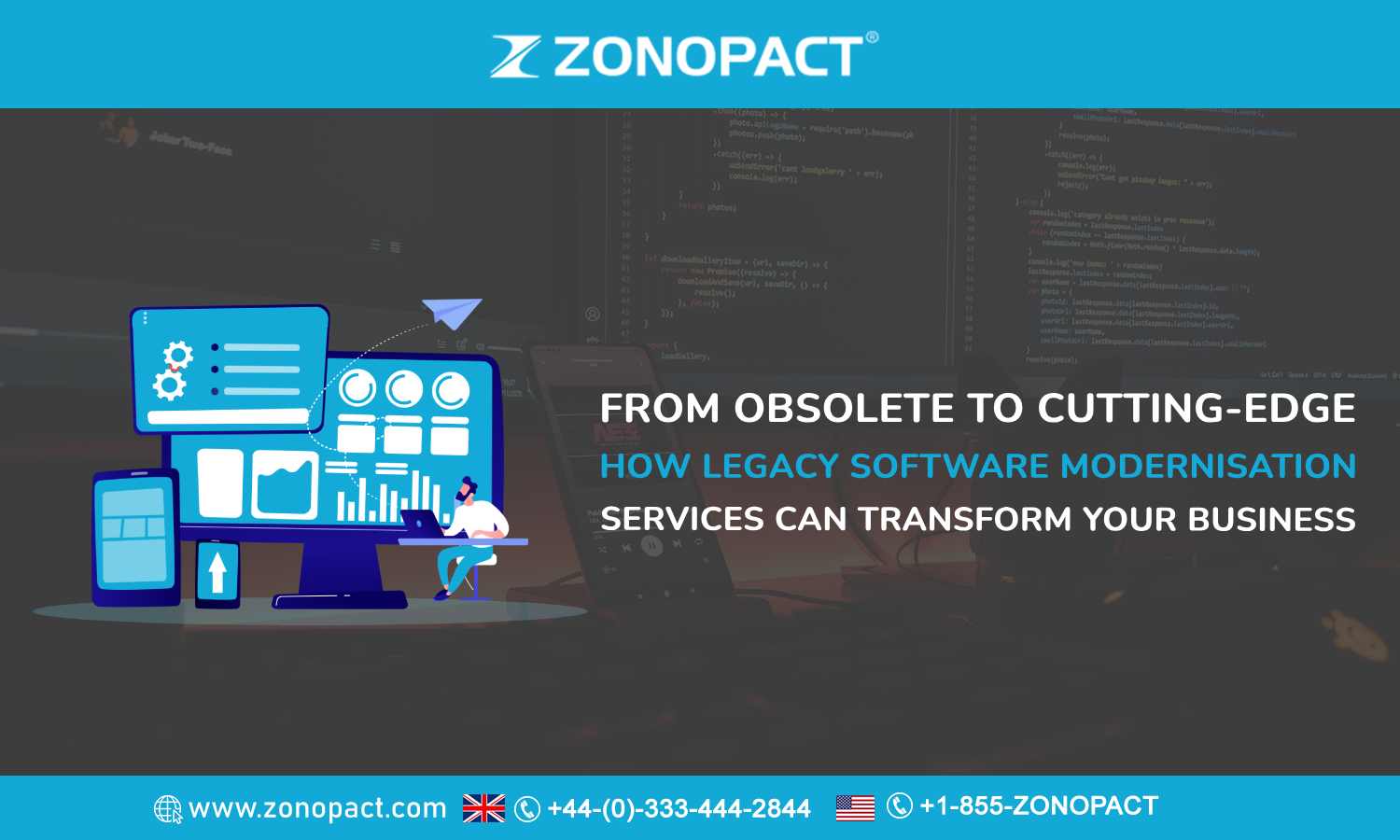
In today’s fast-paced business world, companies face constant pressure to keep up with the latest technology. However, many businesses are still relying on outdated legacy software systems that can hinder their growth and efficiency. These systems are often lacking in features, difficult to maintain, and may not integrate with modern applications. And as technology continues to evolve rapidly, businesses that fail to modernise are at risk of falling behind their competitors. This is where legacy software modernisation services come in.